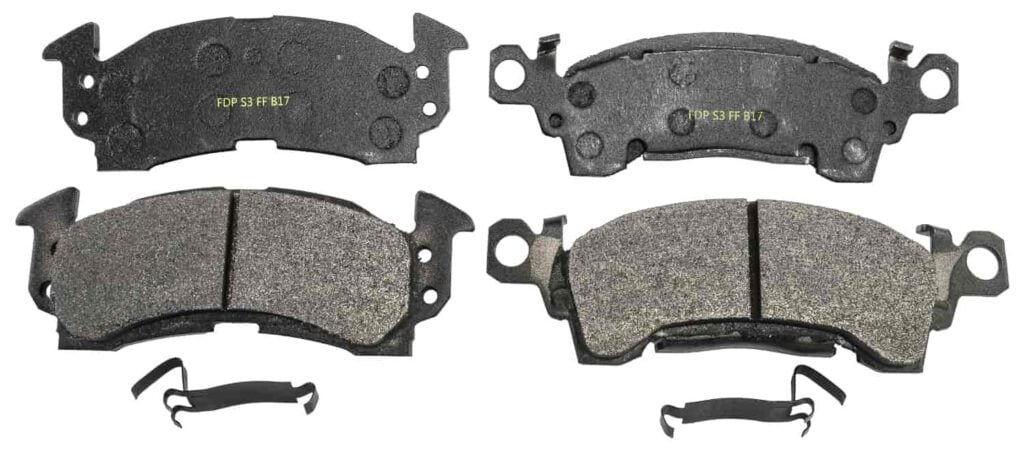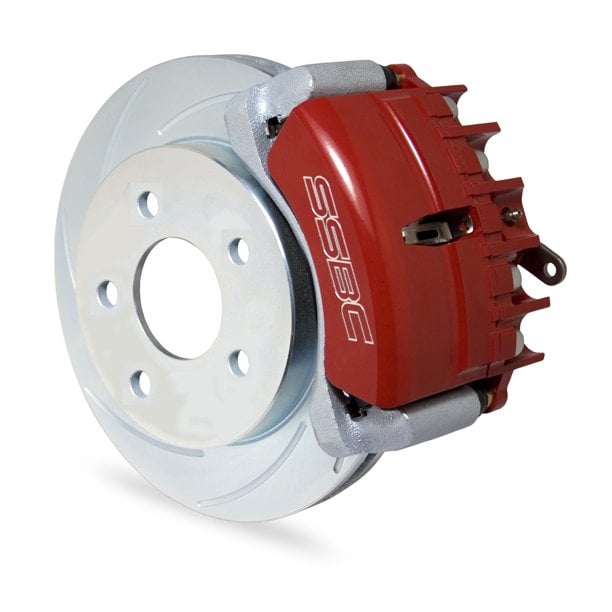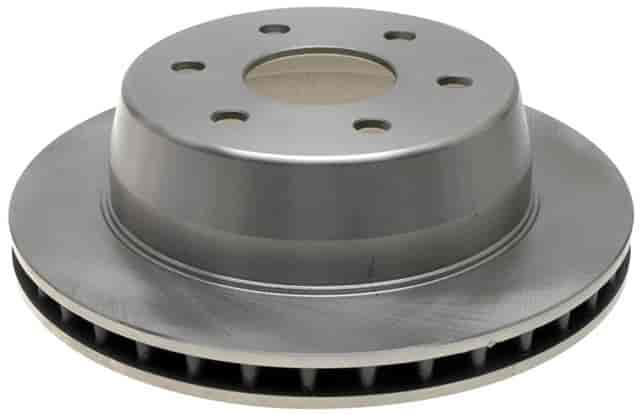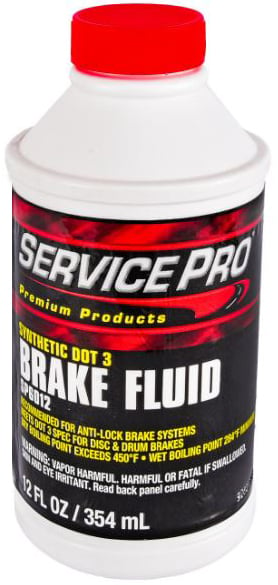What is one of the first things you must do after buying a new pair of shoes (other than marvel at the style)? Break them in. Much like shoes, when you purchase new brake pads, you can maximize their performance and effectiveness by “breaking them in.”
Breaking in can also be called “bedding brakes” or burnishing. There is a straightforward process to doing this correctly. So, before you replace your old brake pads with new ones and wonder whether you have to bleed brakes after changing pads, we’ve got the answers below.
Why It Is Helpful To Break In Your New Brake Pads
The break-in procedures for new brake pads have a lot to do with ensuring your brake rotors are working correctly with the new brake set. A layer of film collects over your brake pads and rotors within your brake system.
The manual braking procedure that you perform optimally heats and cools this area to ensure that the thin layer of substance or film is evenly distributed across the brake rotor.
This process helps to make sure you can brake your car smoothly and avoid any rotor warping. If you don’t properly break in your new brake pads, you will not receive peak performance from your brakes and may also have to deal with steering wheel vibrations and vehicle shaking from warped brake rotors.
Ultimately, when that thin layer of film is distributed evenly, it helps create the right kind of friction to help stop your car when you use the brakes.
How You Can Break Them In
Here are steps for bedding brakes. It’s important to note that the steps below are a general guideline. The type of rotor and brake pads you have may require variations to the guide below. Be sure to check with an experienced technician to see if they have any additional advice on how to break in new brakes for your specific vehicle.
Locate a safe and large area - You’ll want to find a large, open portion of the street to work with. Make sure it is located away from other drivers. Also, avoid doing this later in the day for optimal lighting. You will start and stop your vehicle several times, so find an area that can complement that process.
Increase your speed and then decelerate - On a street or road where the speed limit is at least 35 MPH, you’ll want to accelerate to around 30 to 35 MPH. Then, gradually apply brake pressure to slow down to under 5 MPH. It would help if you planned to repeat this process a few times. Be sure to allow the system to cool down for 30 seconds between each bedding brake procedure.
Dial up the speed and then brake again - Next, On a street or road where the speed limit is at least 55 MPH, you’ll want to increase the speed and the intensity (only slightly) of the braking. Accelerate your vehicle to around 50 to 55 MPH, then apply firm pressure to the brakes to bring the speed down to about 5 MPH. You don’t want to smash the brakes or stop suddenly; the halting should gradually stop. Much like the previous step, you’ll want to repeat this process a few times and wait 30 seconds between each stop.
Drive normally - Then you will want to drive a few miles or for five minutes to cool down the braking system. Here, you’ll apply light braking pressure when you need to stop.
It’s important to remember that when you’re doing this process, you’ll want to ensure you do not apply sudden high pressure to the brakes. Nevertheless, if you need to apply your brakes quickly, do so in an emergency. Also, let your car rest once you arrive at your destination. Letting it sit for a while can allow your brakes to cool. You'll know when brake bedding has been completed when the noise during braking reduces greatly.
Things You Should Know Before Attempting This
While the process for bedding new brakes is straightforward, there are a few things you should be aware of before getting started:
- Bedding brakes is not a quick process - It typically takes a few hundred miles before the thin film needed over the brake pads and rotors is evenly distributed. Try to drive normally and without applying intense pressure to the brakes as much as possible. Again, if you need to brake for safety suddenly, do so.
- Applying new rotors? Clean out the area - Before you break in new brakes, you may also want to replace your rotors, depending on their current condition, and to ensure that the bedding of new brakes takes place correctly. If you need to install new rotors, make sure that you clear out any rust or leftover material that has been deposited in the area and apply brake cleaner to the rotor surface as well as brake system components.
- Watch out for vibration or wheel shuddering - If you feel vibrations or shuddering some time after the procedure, it’s possible that the film hasn’t been distributed evenly. This situation could mean your brake pads do not correctly interact with the discs as they move and rotate. As a result, you’ll need to take your vehicle to an experienced technician to have them check for any brake component issues.
- Before you conduct any bedding process, consult a technician - As mentioned earlier, different brake systems and rotors may require variations to the bedding process. So, consult an experienced technician to ensure you take the correct and optimal bedding brake measures for your specific braking system.
- Do you need to bleed your brakes? - If only replacing brake pads and not the brake caliper or brake hose/line, bleeding the brakes is not necessary. Bleeding removes air from the brake system when it has been introduced by opening the path of fluid between the master cylinder (other than the master cylinder where you top off brake fluid) and the brake calipers.
To break in new brakes, you’ll need to find the best brakes for your vehicle. At JEGS, we carry various products to help you keep your braking system running optimally. For a look at our braking system products, check our inventory. Also, reach out if you have any questions! We’re here to help!








